Dragoman Daniela. - 2D Nanoelectronics: Physics and Devices of Atomically Thin Materials
Here you can read online Dragoman Daniela. - 2D Nanoelectronics: Physics and Devices of Atomically Thin Materials full text of the book (entire story) in english for free. Download pdf and epub, get meaning, cover and reviews about this ebook. City: Cham, year: 2017, publisher: Springer International Publishing : Imprint: Springer, genre: Children. Description of the work, (preface) as well as reviews are available. Best literature library LitArk.com created for fans of good reading and offers a wide selection of genres:
Romance novel
Science fiction
Adventure
Detective
Science
History
Home and family
Prose
Art
Politics
Computer
Non-fiction
Religion
Business
Children
Humor
Choose a favorite category and find really read worthwhile books. Enjoy immersion in the world of imagination, feel the emotions of the characters or learn something new for yourself, make an fascinating discovery.
- Book:2D Nanoelectronics: Physics and Devices of Atomically Thin Materials
- Author:
- Publisher:Springer International Publishing : Imprint: Springer
- Genre:
- Year:2017
- City:Cham
- Rating:3 / 5
- Favourites:Add to favourites
- Your mark:
2D Nanoelectronics: Physics and Devices of Atomically Thin Materials: summary, description and annotation
We offer to read an annotation, description, summary or preface (depends on what the author of the book "2D Nanoelectronics: Physics and Devices of Atomically Thin Materials" wrote himself). If you haven't found the necessary information about the book — write in the comments, we will try to find it.
Dragoman Daniela.: author's other books
Who wrote 2D Nanoelectronics: Physics and Devices of Atomically Thin Materials? Find out the surname, the name of the author of the book and a list of all author's works by series.

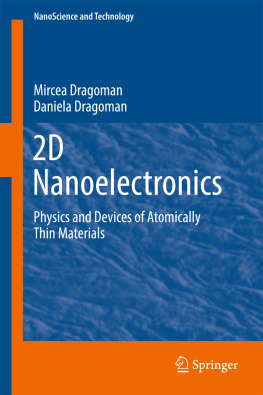

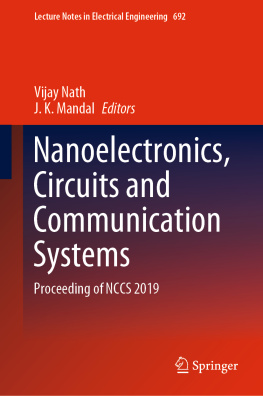
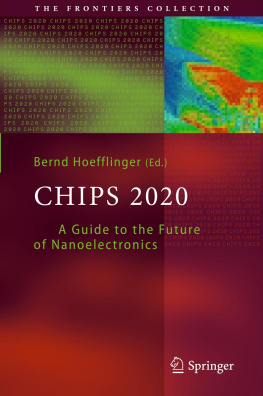
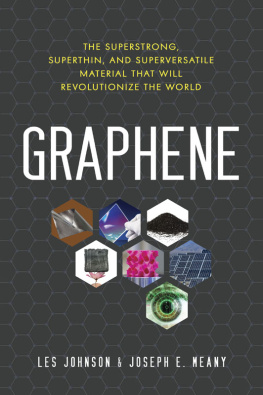
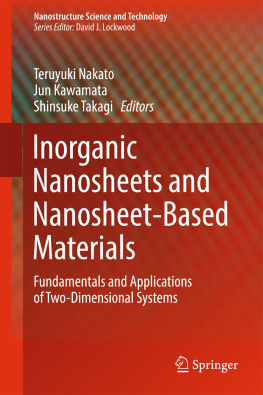
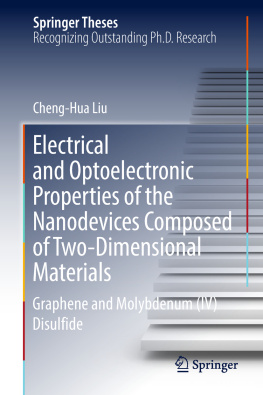
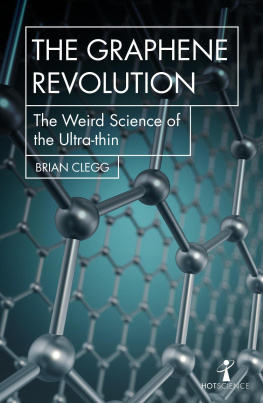
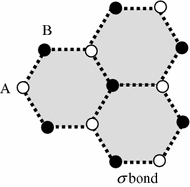


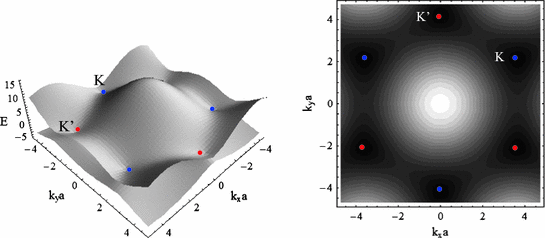

 is the Fermi velocity and
is the Fermi velocity and  , with
, with  the wavevector of charge carriers relative to Dirac points. This linear dispersion relation is the hallmark of graphene monolayer and implies that the effective mass of charge carriers vanishes near Dirac points, unlike in common semiconductors. Another difference from common semiconductors is that the transport properties in graphene are the same for electron or hole states, since the dispersion relation is completely symmetric around the Dirac point.
the wavevector of charge carriers relative to Dirac points. This linear dispersion relation is the hallmark of graphene monolayer and implies that the effective mass of charge carriers vanishes near Dirac points, unlike in common semiconductors. Another difference from common semiconductors is that the transport properties in graphene are the same for electron or hole states, since the dispersion relation is completely symmetric around the Dirac point. approximation, the Dirac equation for the graphene monolayer is written as (Wu et al. ):
approximation, the Dirac equation for the graphene monolayer is written as (Wu et al. ): 


 with
with 
 and
and  represent the spinorial wavefunctions around the K and K points, respectively.
represent the spinorial wavefunctions around the K and K points, respectively. as
as 

